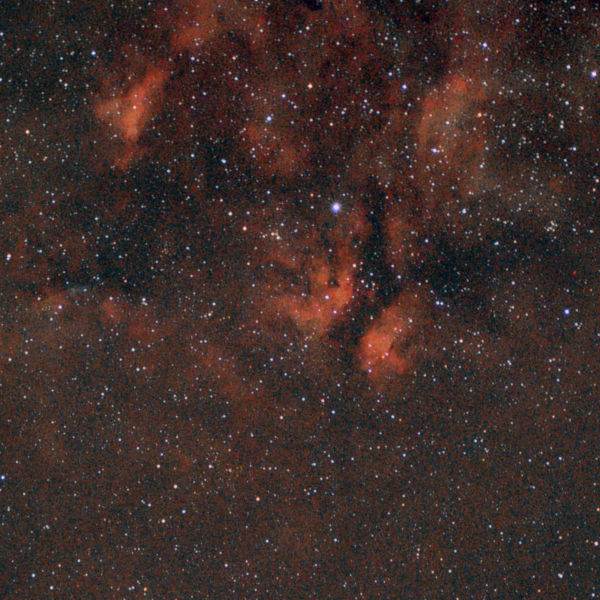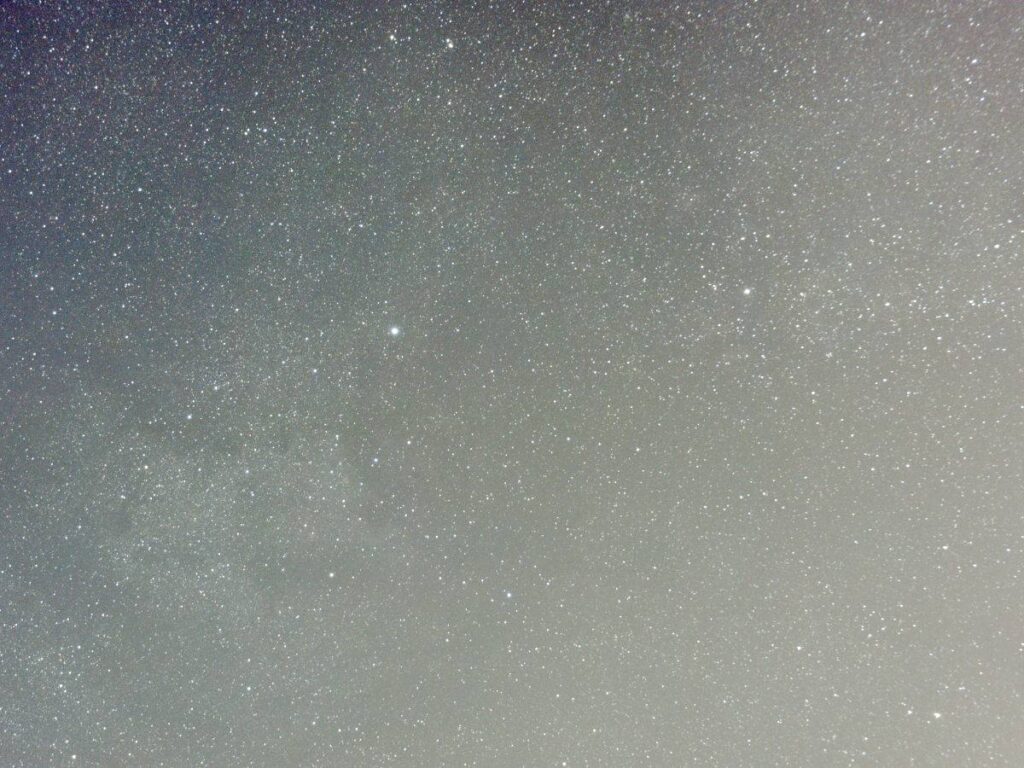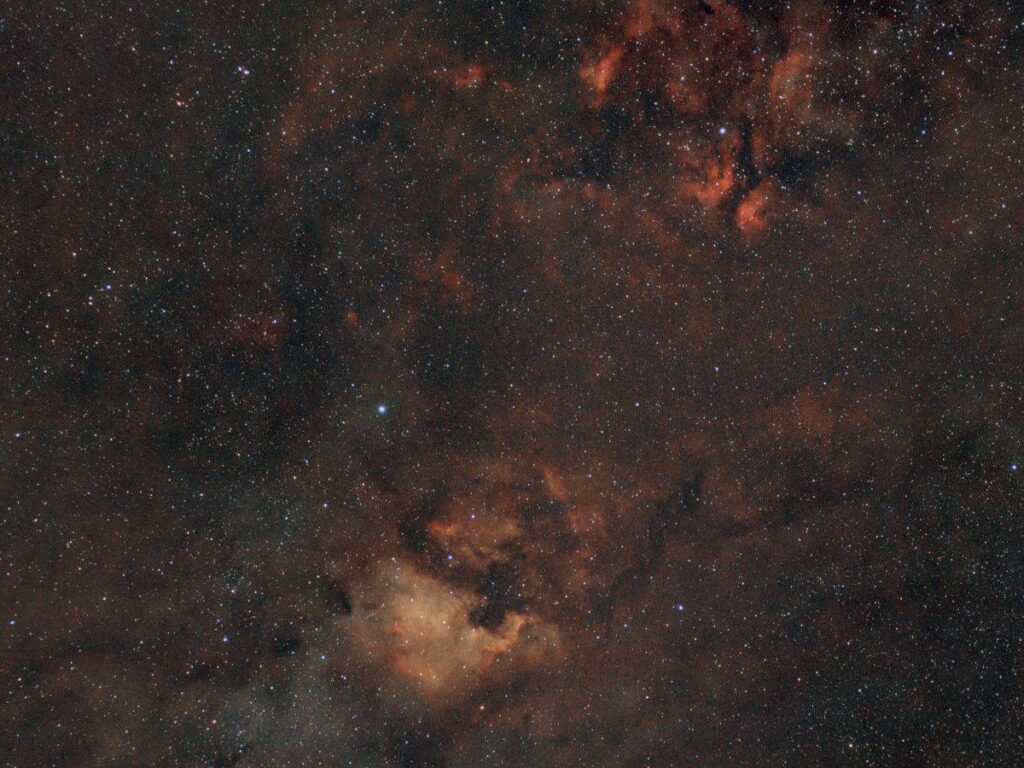
I’m going grey and losing my hair working through issues with the Gamma version of my DIY star tracker. But tomorrow marks the end of my first year in astrophotography. And of course, I couldn’t let this milestone pass without sharing a few brief words. To mark the occasion, I headed out last night for a couple of hours and I’ll be sharing the outcome to celebrate. If nothing else, it’ll be nice to see the progress I’ve made after one year in the hobby! I suppose this is somewhat subjective, so I’m happy to let you be the judge.
Year in Review
Seems like just yesterday I was tracking out with one of my boys into the middle of a mosquito-infested field for my first imaging session. I started with a camera, a kit telephoto lens, and a tripod. The results from my first night were rather underwhelming. Even more so on my second night out which was so disappointing, I was almost embarrassed to write about it. But I was learning.
It wasn’t long before I purchased my first prime lens, the Canon EF 50mm f/1.8 STM. Andromeda was in my sights and slowly but surely, I was getting the hang of things. Experiment with this, tinker with that. It was all new to me. And I was hooked.
I was on a budget so I had to make due. So I plotted a course and started DIY-ing gear. Legos, old computer fans, and even soda bottles were transformed into serviceable astrophotography gear. Toss in a 3d-printer for Christmas from my wife and frankly – it’s amazing she’s even seen me over the past seven months.
Orion, the Pleiades, the Pinwheel galaxy. All new to me and waiting to be captured. I could go on. But aside from the crummy weather we experienced, it’s been quite the journey thus far. And if I’m being honest, the weather didn’t bum me out too much. It gave me the time I needed to work on things like camera mounts and star trackers. All part of the joy, learning, and progress I’ve experienced over a short one year.
About That Second Night Out…
I took a crack at Deneb because it was sitting pretty high in the sky. I was considering shooting Cassiopeia again, but it wasn’t in the best location. And I was aiming for a successful night out. Well, that didn’t happen. In fact, my results were downright awful. But you know how it goes… You shrug your shoulders and say better luck next time. Enough talking, here’s my first processed photo of Deneb on my second night out shooting.

Well, that’s what you get when you shoot from a Bortle 6 zone towards the blinding light of Krakow. But for a 20-minute integration, the stars came out pretty OK.
Fast Forward to Last Night
One of the clearest nights we’ve had in a while. There was quite a bit of skyglow, but I figured I’d be safe. Oh, in case you’re wondering, this isn’t exactly an apples-to-apples comparison. I shot the following with the Canon EF 50mm f/1.8 STM lens mounted on my DIY Star Tracker Beta through an Optilong L-Pro clip-in filter. I just wasn’t up for a like-to-like challenge – the conditions were too good. So here’s last night’s results

So just over an hour of integration time. Star Tracker Beta is a champ with the 50mm lens. I kept 70% of the shots last night and more than a handful I tossed because of satellites crawling through my images. I did have a little difficulty in post-processing and you can see that the image is a tad too red. For some reason, I just couldn’t get the color channels to line up perfectly. Eh, maybe I’ll take another crack at it later this week.
Still, it would be nice to shoot from darker skies. But comparing these images taken one year apart, I’m pretty happy with the progress I’ve made.
Best Advice I Have to Offer
I’m sure if I had the opportunity and better weather, I’d tell you that the best advice is to find darker skies. But that just wasn’t in the offering for me. I’d be willing to bet that most folks live under relatively light polluted skies. And the good news is, that doesn’t preclude you from enjoying this hobby. Therefore, my best piece of advice after one year in the hobby is to go ahead and invest in a good light pollution filter for your camera or lens.
I know good filters are not cheap. But if I could have changed anything to progress my results after one year, it would have been to invest in a good filter straight away. The reason being – most of my shooting has been done under Bortle 6 or worse skies. You’re going to fight the light in your photos in post-processing. And while there is value in learning how to do this, the difference in the image results is striking. Besides, at the end of the day, that’s what you’re looking to produce, a nice photo. So go ahead and drop the coin. You’ll be glad you did.
I’ve got a funny one lined up for my next post. I’m going to tell you all about the trouble I’m having with Gamma. I still haven’t figured it out, but hopefully, I’m getting closer.
